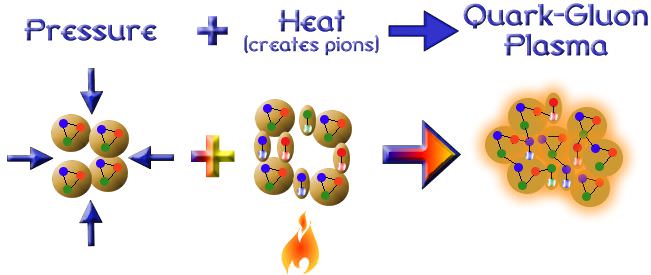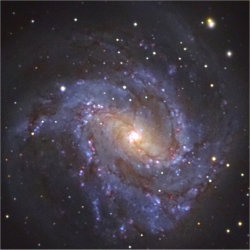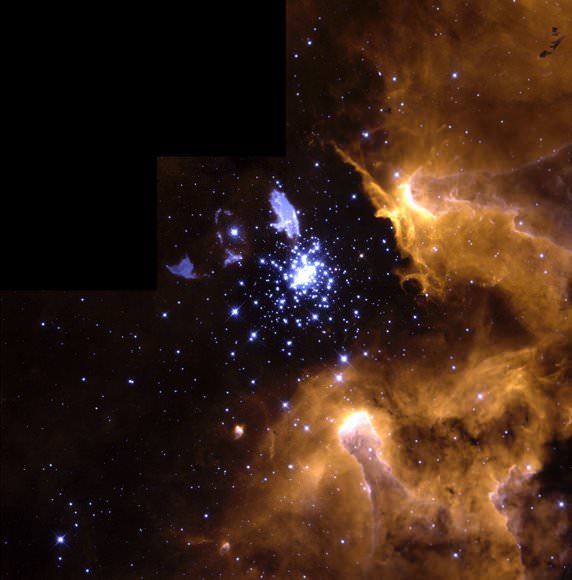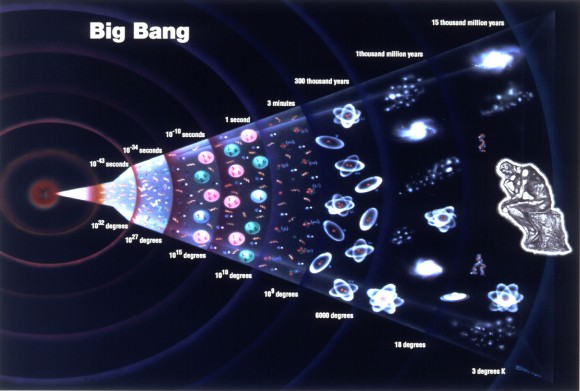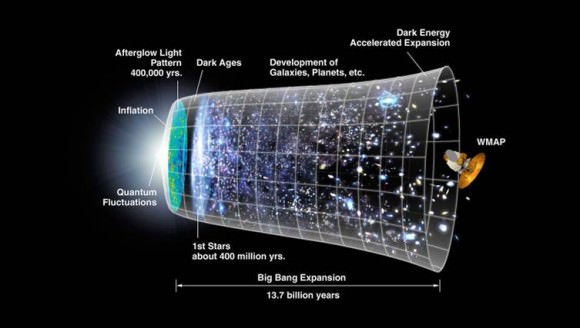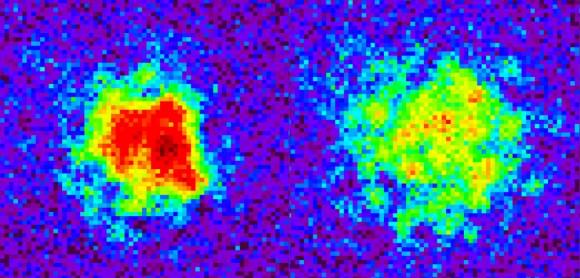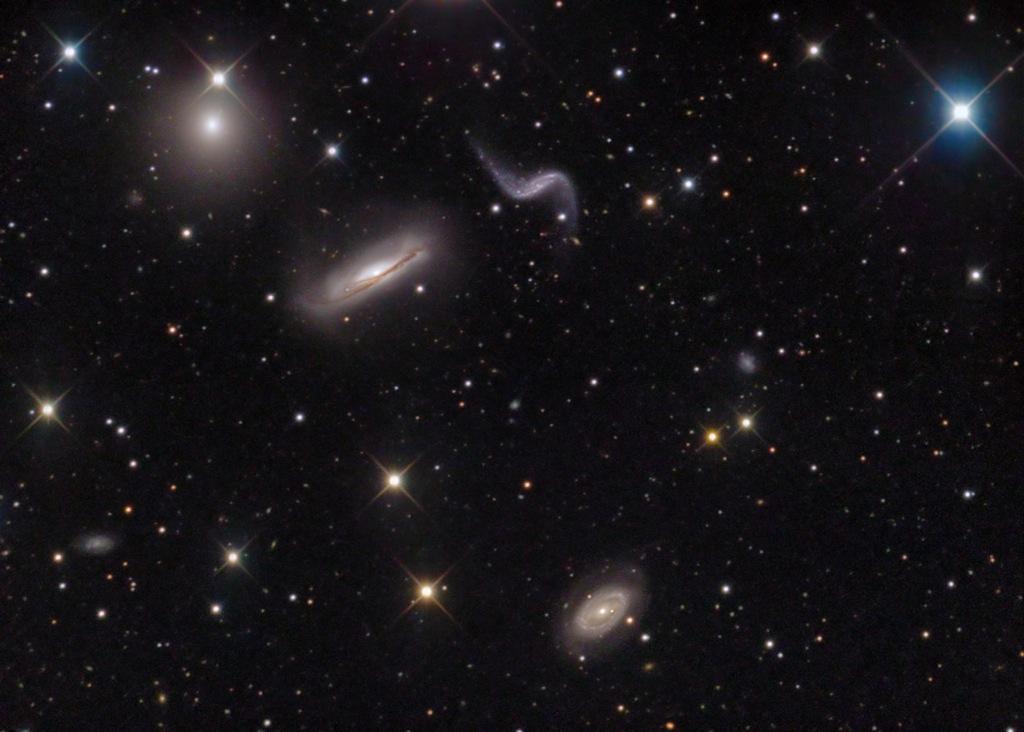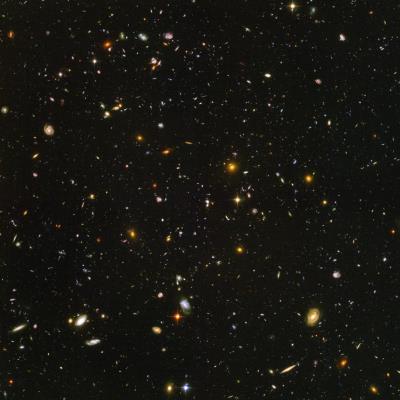The most powerful operational heavy-ion collider in the world, the Relativistic Heavy Ion Collider (RHIC) recently recorded the highest ever temperature created in an Earth-based laboratory of 4 trillion Kelvin. Achieved at the almost speed of light collision of gold ions, this resulted in the temporary existence of quark-gluon soup – something first seen at about ten to the power of minus twelve of the first second after the big bang.
And sure, the Large Hadron Collider (LHC) may one day soon be the most powerful heavy-ion collider in the world (although it will spend most of its time investigating proton to proton collisions). And sure, maybe it’s going to generate a spectacular 574 TeV when it collides its first lead ions. But you have to win the game before you get the trophy.
To give credit where it’s due, the LHC is already the most powerful particle collider in the world – having achieved proton collision energies of 2.36 TeV in late 2009. And it should eventually achieve proton collision energies of 14 TeV, but that will come well after its scheduled maintenance shutdown in 2012, ahead of achieving its full design capabilities from 2013. It has already circulated a beam of lead ions – but we are yet to see an LHC heavy ion collision take place.
So, for the moment it’s still RHIC putting out all the fun stuff. In early March 2010, it produced the largest ever negatively charged nucleus – which is anti-matter, since you can only build matter nuclei from protons and/or neutrons which will only ever have a positive or a neutral charge.
This antimatter nucleus carried an anti-strange quark – which is crying out for a new name… mundane quark, conventional quark? And since the only matter nuclei containing strange quarks are hypernuclei, RHIC in fact created an antihypernucleus. Wonderful.
Then there’s the whole quark-gluon soup story. Early experiments at RHIC reveal that this superhot plasma behaves like a liquid with a very low viscosity— and may be what the universe was made of in its very early moments. There was some expectation that melted protons and neutrons would be so hot that surely you would get a gas – but like the early universe, with everything condensed into a tiny volume, you get a super-heated liquid (i.e. soup).
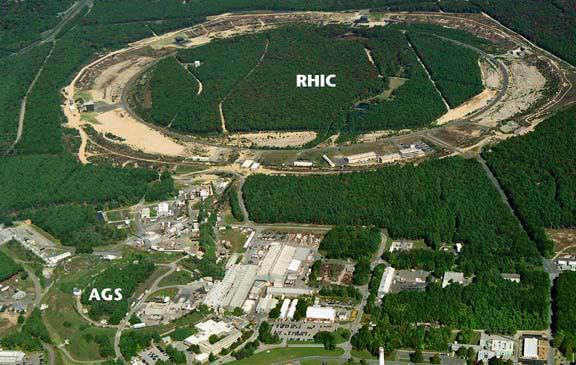
The LHC hopes to deliver the Higgs, maybe a dark matter particle and certainly anti-matter and micro black holes by the nano-spoonful. And after that, there’s talk of building the Very Large Hadron Collider, which promises to be bigger, more powerful and more expensive.
But if that project doesn’t fly, we can still ramp up the existing colliders. Ramping up a particle collider is an issue of luminosity, where the desired outcome is a more concentrated and focused particle beam – with an increased energy density achieved by cramming more particles into a cross section of the beam you are sending around the particle accelerator. Both RHIC and the LHC have plans to undertake an upgrade to achieve an increase of their respective luminosities by up to a factor of 10. If successful, we can look forward to RHIC II and the Super Large Hadron Collider coming online sometime after 2020. Fun.

